This post contains affiliate links.
For many people, learning to read sheet music is a challenge that stops them from learning their favorite instruments. All the different notations are confusing with all of its squiggly black and white notes and markings, making sheet music looks like it’s written in a bizarre language.
In reality, learning to read sheet music is actually easier than you think. You can even teach yourself the basics of sheet music if you want to. This is because, unlike playing pieces where you need a teacher to ensure proper playing techniques, notations are written on paper so you can learn to read them yourself.
Learning the basics of sheet music is easy for a beginner. Sheet music is designed intuitively, using concepts you just learned as building blocks to learn new ideas. Once you understand the basics, you can learn additional notations when you see them in different sheet music.
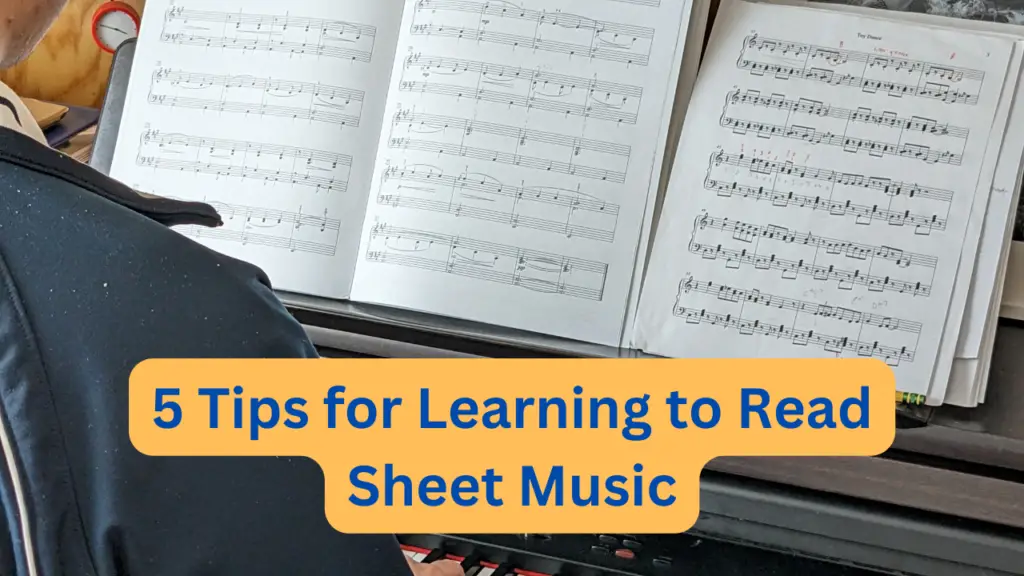
If you’re having trouble learning to read sheet music, fret not! Here are my 7 tips so you can learn to read sheet music effortlessly:
- Learn the basics with children’s music books.
- Create a habit of practicing daily.
- Use tricks to remember notes on the staff.
- Say the notes out loud as you practice.
- Break the sheet music into smaller pieces when learning.
- (Bonus Tip) Play pieces or songs to practice what you’ve learned.
Continue reading as I’ll explain these tips in more detail so you can leave this blog as a sheet music master.
1. Learn the basics with children’s music books
I believe children’s books are the best way to learn to read sheet music, especially if you’re a beginner with no prior experience with any instruments. Think about it; these books must explain different sheet music notations and how they work together so that even a child can understand them.
That’s why children’s music books organize their content intuitively so that you use the concepts you just learned as building blocks for learning new concepts. They also explain concepts in an easy-to-understand manner and let you apply what you’ve just learned by giving you short exercises to play on the piano.
When I started learning piano as a young adult, my teacher taught me the basics using these children’s books for the first few months. I enjoyed going through these books because they’re easy to understand, and I could pick up the pace and go through the book alone in my free time.
The book I used was the Leila Fletcher Piano Courses. The series consists of three books, from teaching you how to place your hands on the keyboard to more complicated concepts like chords.
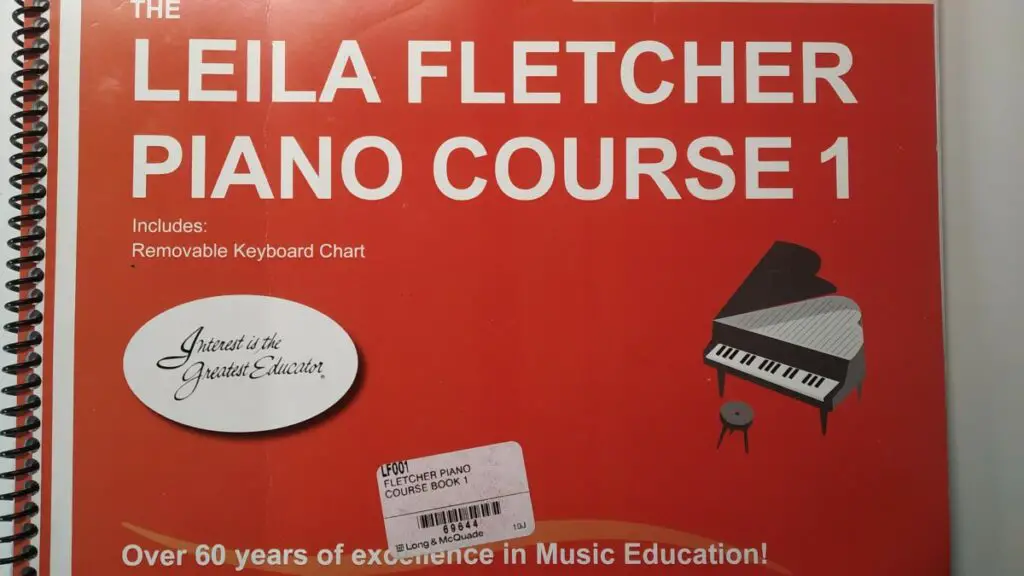
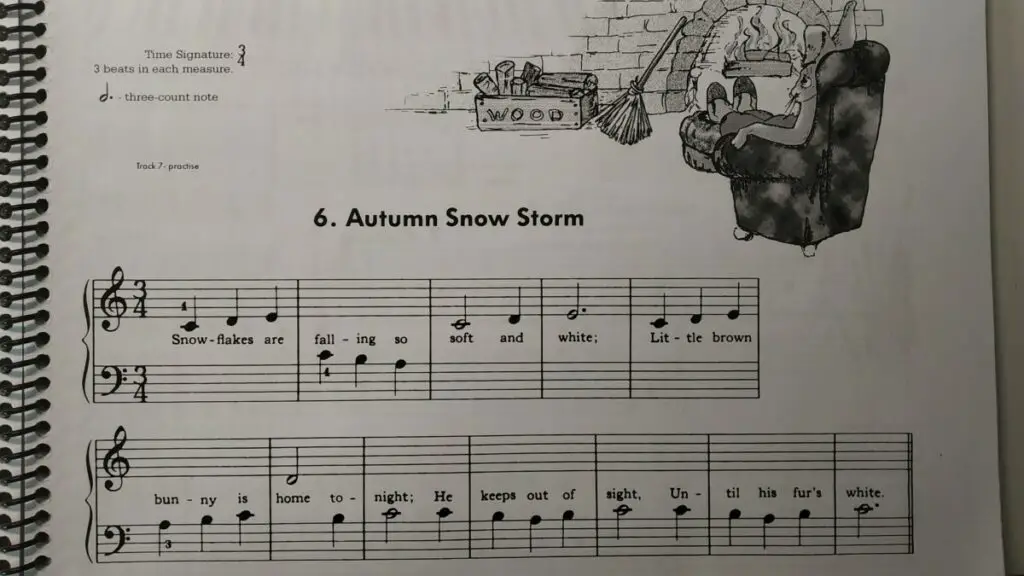
2. Create a habit of practicing daily
We’ve all heard the proverb: “Practice makes perfect,” and as tired as we are from hearing it, it’s true. If you want to quickly learn to read sheet music, be prepared to spend more time achieving your goal.
However, you definitely want to avoid getting burnout from practicing too much since it takes the fun out of playing the piano.
So the solution is to practice for the same amount of time daily. The emphasis is on the “everyday” because being consistent is key. It’s much better to practice 10-15 minutes every day rather than practice for 2 hours one day and then don’t practice for the rest of the week.
So start by practicing for 10 minutes daily to build a habit. Once you’re comfortable, bump up the practice time to 20, then 30 minutes. Eventually, you can practice for 1 hour without telling yourself to do it.
Practicing daily also makes you feel more fulfilled as you’ve accomplished something every day. I also like to practice piano first thing in the morning to have time in the afternoon and evening to do other things.
As it turns out, practicing and learning piano in the morning is better than at other times. Check out this article The Best Time During The Day to Practice Piano, for more information.
3. Use tricks to remember notes on the staff
As a beginner, it’s difficult to remember the name of the notes on the lines of the staff. That’s why there are tricks you can use to remember them easily.
For the treble clef (ornamental letter G):
Remember the notes on the lines using this acronym: Every Good Boy Deserves Fun

Remember the notes in the spaces between the lines with this: FACE
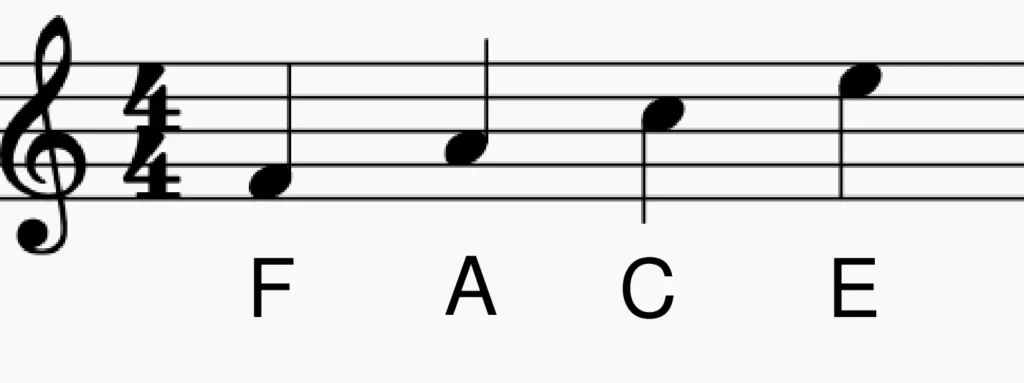
For the bass clef:
Remember the notes on the lines using this acronym: Good Boys Deserve Fun Always

Remember the notes in the spaces between the lines with this: All Cows Eat Grass
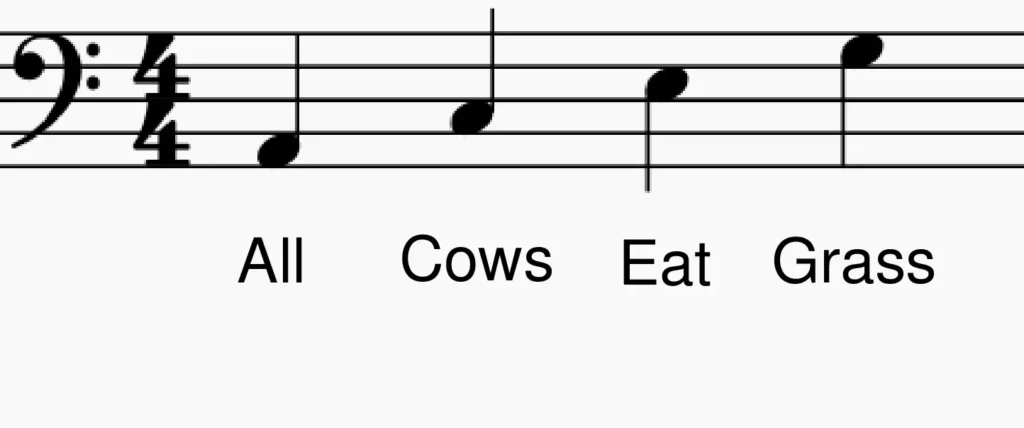
Use these acronyms to quickly identify any notes on the clefs without tracing notes one by one from middle C.
4. Say out loud the notes as you practice
While the acronyms are helpful, you should get to a point where you can identify any notes even without using the acronyms. You’ll be able to learn new pieces even faster this way.
One tip I can give you is when you are playing the short passages in the books, say the notes out loud as you play them. By saying the notes out loud, you will memorize the notes better.
It will be awkward at the start to say the notes aloud as you play, but if you want to quickly learn to read sheet music, this is the way to go.
5. Break the sheet music down into smaller pieces
When practicing the exercises in the book, if you find it challenging to learn the whole thing at once, split it into smaller pieces and practice each instead.
So instead of learning the whole thing in one go, try practicing two bars each and get comfortable playing them, then move on to the next two bars. This strategy, called divide and conquer, will make learning any new pieces easier and quicker.
Also, if you’re having trouble playing with both hands simultaneously, practice each hand (and each clef accordingly) separately. Once you’re comfortable, combine them and play with both hands.
(Bonus tip) Play full pieces to practice what you’ve learned
Once you’ve gone through the books and got the basics down, it’s time to apply what you’ve learned by playing full-length pieces. The best way to remember the different musical notations is by using them, after all.
I recommend learning classical music for what to play because it is better for building your piano techniques.
Don’t try to learn hard pieces even if they’re your favorites at first. It’s better to start with easier pieces before moving on to harder pieces since you will build your skills more efficiently that way. Check out this article for why it’s much better to learn easier pieces more suited to your level than to learn hard pieces.
How long does it take to teach yourself to read sheet music?
Now that you know how to teach yourself to read music, have you wondered how long it will take?
The short answer is it takes from a few weeks to a few months, depending on how much you practice and other factors. To understand where I get this number from and the factors that determine how quickly you learn to read music, check out this article I wrote How Long Does It Take to Learn to Read Music?

